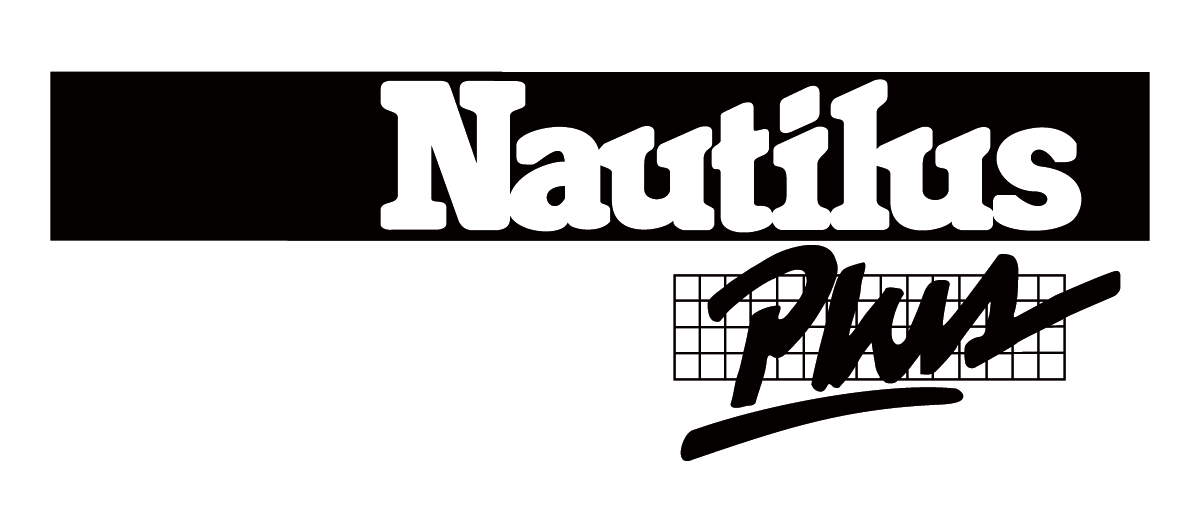
Did you know that labelling the list of ingredients on all packaged foods has been mandatory only since the last 5 years? When I think about it, only one thing comes to mind: “How did people know what was in their food before?” The list of ingredients is a wealth of information about the nutritional value of foods. To make things simple, here is how to interpret it in 3 easy steps:
- Choose products that list healthy ingredients at the beginning of the list.
Ingredients are listed in decreasing weight order, that is, from the most abundant to the least. Thus, a product with “glucose-fructose” listed as first ingredient will have less nutritional value than a product indicating “seven whole grain mix” at the top of the list. - Favourize short lists of ingredients.
These products are generally simpler, natural, and closer to homemade meals. - Learn how to distinguish good ingredients from bad ingredients.
Sure, many additives have unthinkable names! Who has never refused to purchase a product that contained ascorbic acid or xantham gum? In truth, these ingredients with weird names are generally used to preserve, colour, or flavour foods. For example, ascorbic acid is the chemical name of vitamin C and is used to better preserve bakery products, while xantham gum is a natural thickener.
On the other hand, some ingredients that can seem familiar are rather rich in saturated or trans fats, salt, or sugar. By the way, here is a short list of ingredients you should avoid, or at least find at the bottom of your list of ingredients:
|
Nutrient
|
Associated ingredient
|
|
Saturated fats |
|
|
Trans fats |
|
|
Salt |
|
|
Sugar |
|
Will you take the time to read the list of ingredients from now on?
By Vanessa Martin
How to Analyze a List of Ingredients in 3 Steps? is a post from Nautilus Plus. The Nautilus Plus blog aims to help people in their journey to fitness through articles on training, nutrition, motivation, exercise and healthy recipes.
Copyright © Nautilus Plus 2013

A session with a nutritionist will help you on your way!

Let's establish your nutritional goals together and get some expert advice!
Make an appointment

